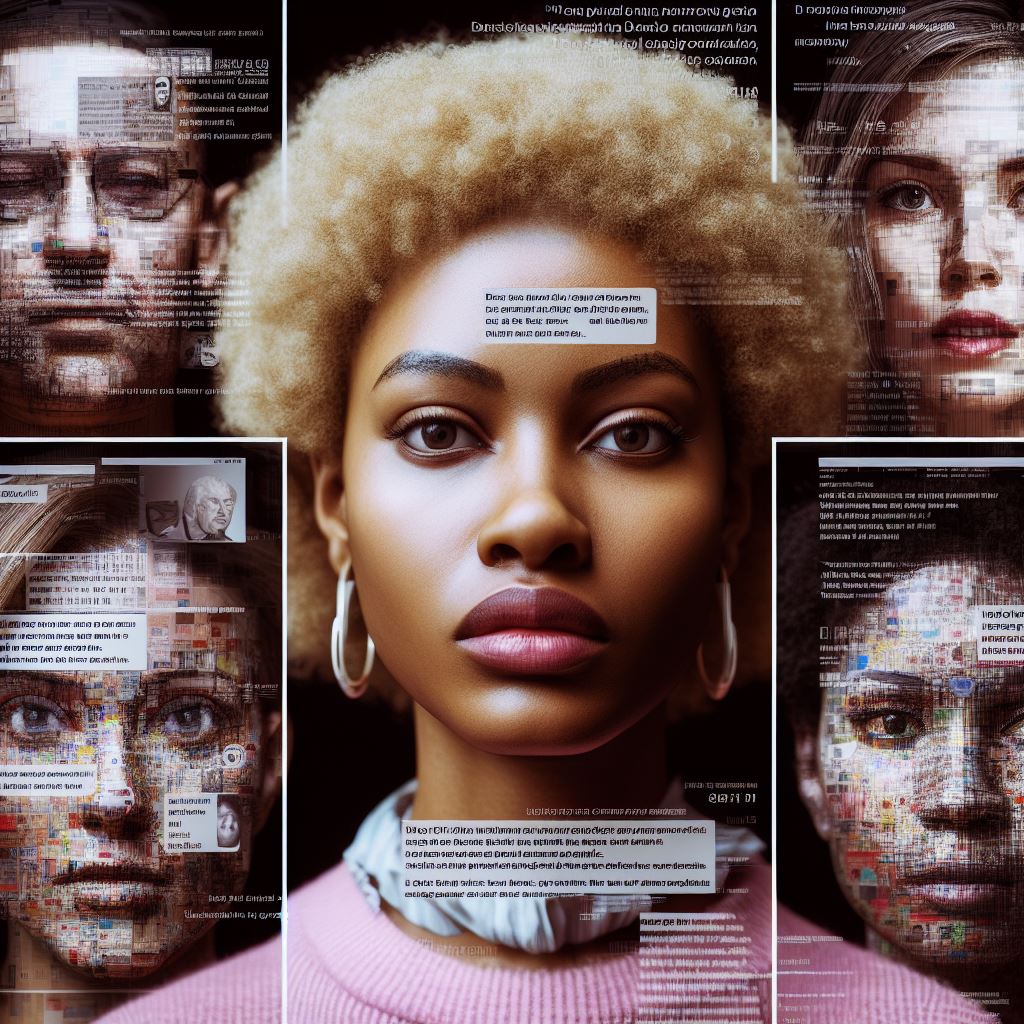
When Rouge One: A Star Wars Story was released, the near-realistic CGI Characters of Leia Organa and Grand Moff Tarkin were state of the art. Yet, they were still easy to spot for moviegoers. Since then, the quality of AI-generated video and audio has improved considerably.
Today, an exceptional focus on details is needed to spot them. Sometimes, wrong hand gestures and mouth movements. At other times, there was a slight blur in the background. At the worst, it’s because we see ourselves speaking.
With technological advances, new questions arise. Should we continue to go down the route of improving this technology? Should we be wary of the implications? What can we all do to limit its impact?
Deep Fake – Fake News
When discussing fake news today, we generally focus on written or spoken information shared online. Yet, for the first time, a political campaign has released a video containing a faked avatar of their opponent.
Combined with viral sharing, we know from social media that this is a new way to deceive voters.
Putting words into your opponent’s mouth can easily change people’s impression of them. Given the quality of the AI, it can deceive voters about a candidate’s intention.
This deceit naturally leads to the moral question about whether or not deep fakes and fake news are acceptable and how to handle them if bad actors deliberately design them to mislead others.
Of course, the issue of deception goes beyond politics. Given the rapidly falling price of AI and videos, it can affect all of us.
Virtual Friends – Fight Loneliness
7% of adults feel chronic loneliness. Apart from societal problems, chronic loneliness can also have serious health repercussions. From sleep issues to an increased risk of cardiovascular disease, loneliness can have significant repercussions.
In Japan, the country with the highest level of loneliness, people are already buying virtual companies. Hatsune Miku is a virtual girlfriend if you pay the monthly subscription.
However, as problematic as it sounds, it reduces the symptoms of loneliness. Most users show the same positive emotions as people with large social circles.
Education in an AI World
Consequently, fake videos have positive and negative implications. Therefore, we must enhance our education. Critical thinking and the ability to verify information from multiple sources is becoming a vital skill.
Our education system has to teach kids and young adults these skills. Likewise, human-to-human interactions and interactions with others should be more prominent in the upper years.
Restrictions on AI Video Services
Education will be central because restrictions will be of questionable efficiency for deceit. Bad actors will find a way around watermarking. As long as it raises the costs, it might help reduce the amount of deep fakes.
However, watermarking might reduce the amount of self-deceit. If a virtual friend or tutor has a watermark, it will lower the loneliness or get more relatable tutoring instructions. Yet, it will remind us that the video is not real, and we should still search for real-life connections.
A watermark will also reduce the cognitive work of determining whether a video is AI-generated. It clarifies that the video is generated. We don’t need to find out ourselves.
AI Videos – A Force for Good and Evil
In the end, it comes down to how we utilize the technology. In itself, AI-generated videos are morally agnostic. The user determines whether a technology is used for good or evil.
However, we must reckon that our education must match the requirements of an AI-driven world. In the end, humans have created the problem of AI-generated videos. Only we can solve the issue.
